Mohammadjawad Massoumisangani
Advisor: Jae-Sung Chon
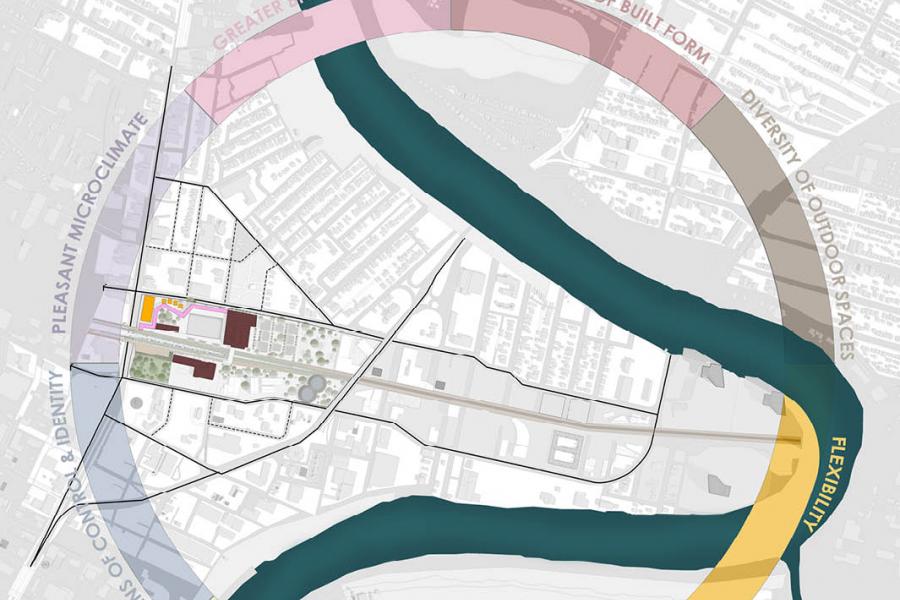
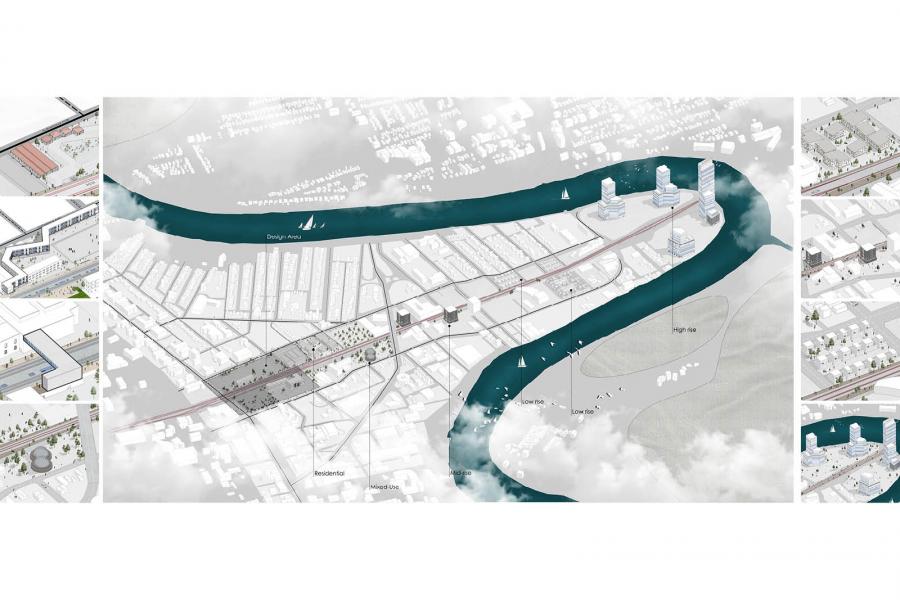
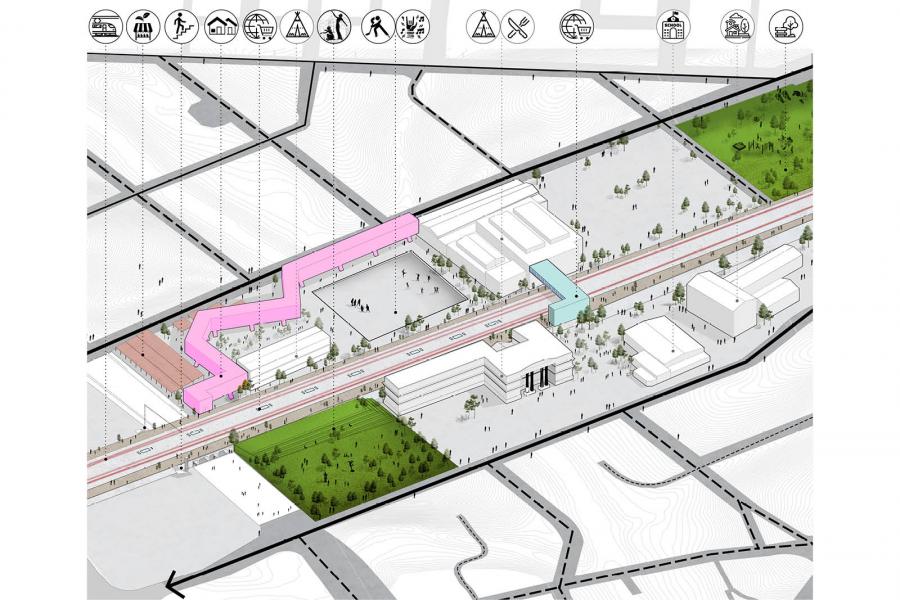
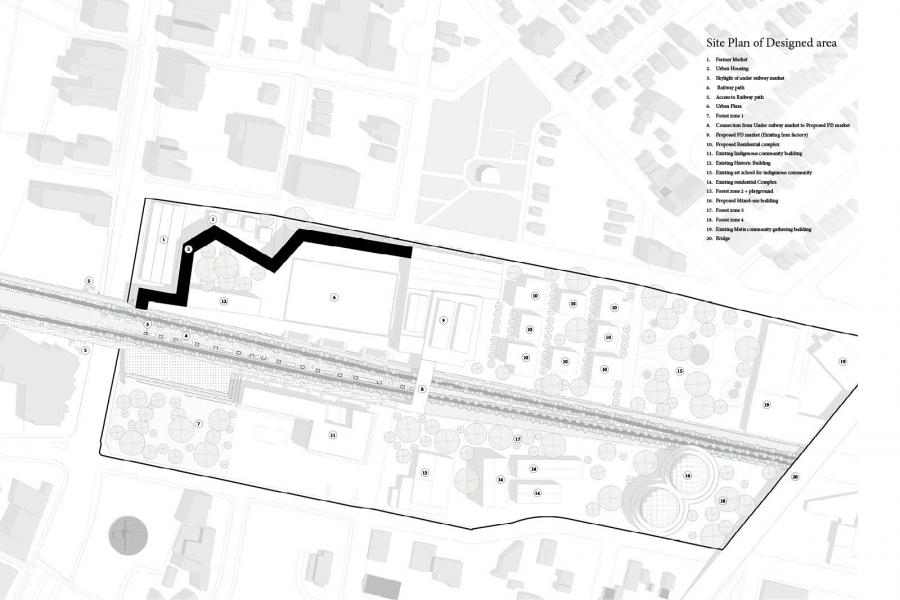
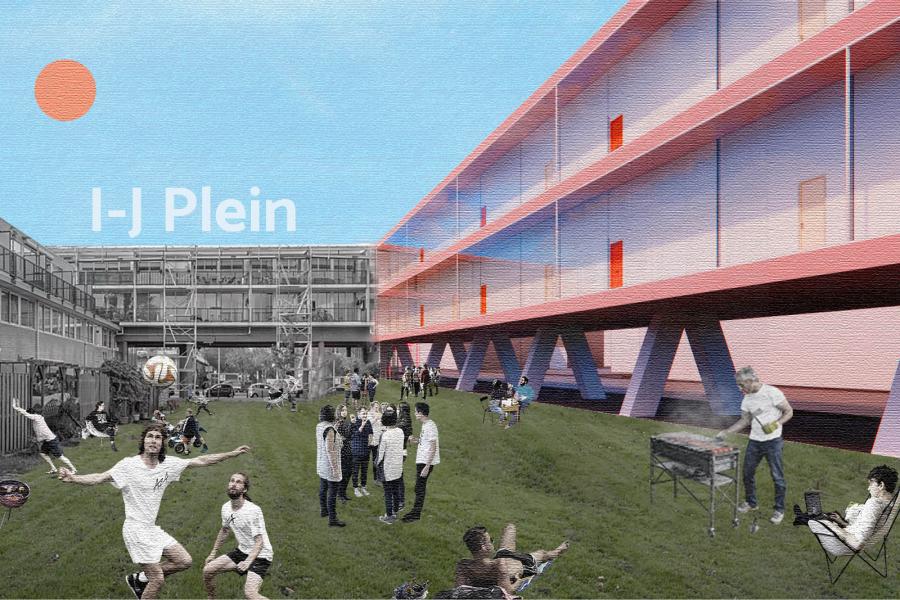
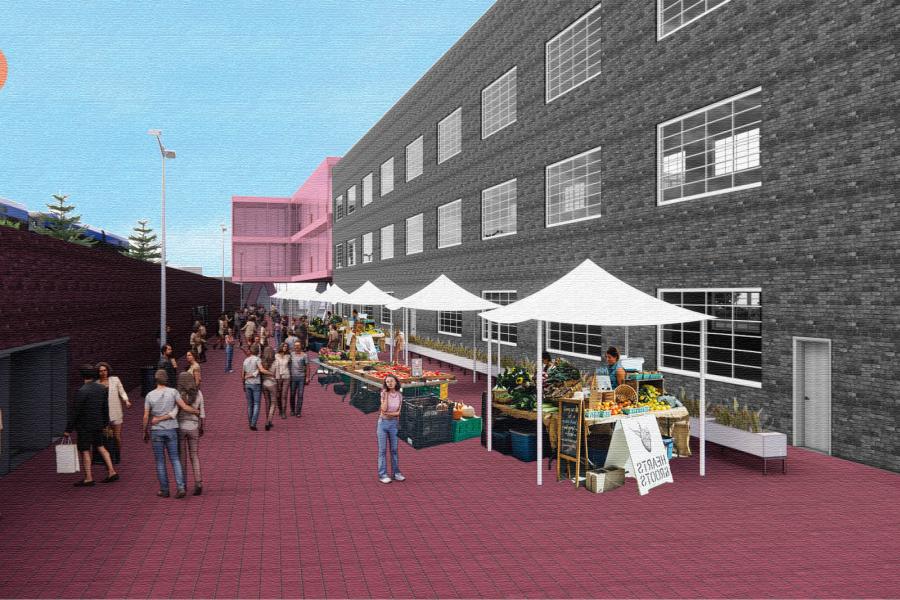
Point Douglas Railside: Urban Housing with the approach of Inclusivity
The word “Inclusive Housing” are used here to cover the mechanism of inclusion and also exclusion in urban settings and its habitats. Two guidelines might illustrate the layer of “inclusive Housing”, one at a neighborhood scale, other specifically focusing on housing (Coleman et al.2003).1
Inclusive housing requires proximity and access to essential social conditions such as diverse and affordable housing options, abilities to age in place, local employment and diverse mobility options. Means of mobility is as important- with safe and walkable streets and cycling networks and local public transport options giving access to job and services within the region (accessibility). It requires, next to places for consumption, nearby public facilities, such as schools, healthcare and service supply, and opportunities for recreation at playgrounds, parks, community garden, and sport grounds (Proximity). (Bicknell and McQuiston 1977)2 Social inclusion in and through the housing should be best understood in terms of the access, safety, sustainability, and the choice it provides for all ages and abilities. Inclusive housing should not be considered as isolated agenda but must be- spatially and socially- embedded within the broader setting of inclusive societies. Plus, affordability and accessibility is essential, inherently depending on each other. It should cater social and economic inclusion and empower to participate in society. One main criteria is considered important: “social mix” is driven by principle of integrative diversity.
The design was chosen for the Point Douglas neighborhood in Winnipeg, Manitoba, since it provided the ideal community for such a project. Additionally, one of Winnipeg’s oldest neighborhoods is the Point Douglas neighborhood. This neighborhood is situated in the center of the City of Winnipeg, just over a kilometer from the intersection of Portage and Main in Downtown and two kilometers from the Forks. First populated by Indigenous communities, the Point Douglas area has always been defined by its geography, hugged on three sides by the Red River.3
1: Coleman, R., Lebbon, C., Clarkson, J., And Keates, S. (2003). From margins to mainstream. In: Inclusive Design (eds. J. Clarkson, S. Keates, R. Coleman and C. Lebbon), 1-25. London: Springer
2: Bicknell, J. and McQuiston, L., eds. (1997). Design for Need: The Social Contribution of Design. Conference proceedings. Pergamon Press & Royal college at Art, London, Center for Universal Design.
3: Bridgman and St. Clair Bridgman, Wins , Rae. “Reimagining Point Douglas: How the Historic District Could Become a Model for a Changing Winnipeg.” CBC , April 22, 2019. https://www.cbc.ca/news/canada/manitoba/opinion-winnipeg-point-douglas-1.5105569#:~:text=First%20populated%20by%20Indigenous%20communities,the%20land%20into%20river%20lots. (accessed 10 October 2022)
